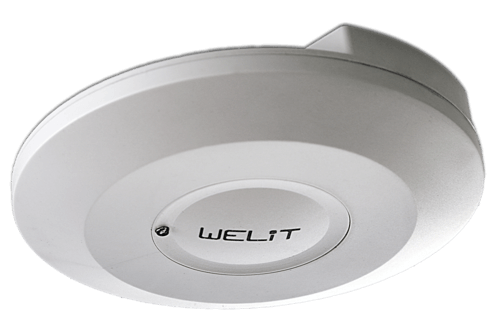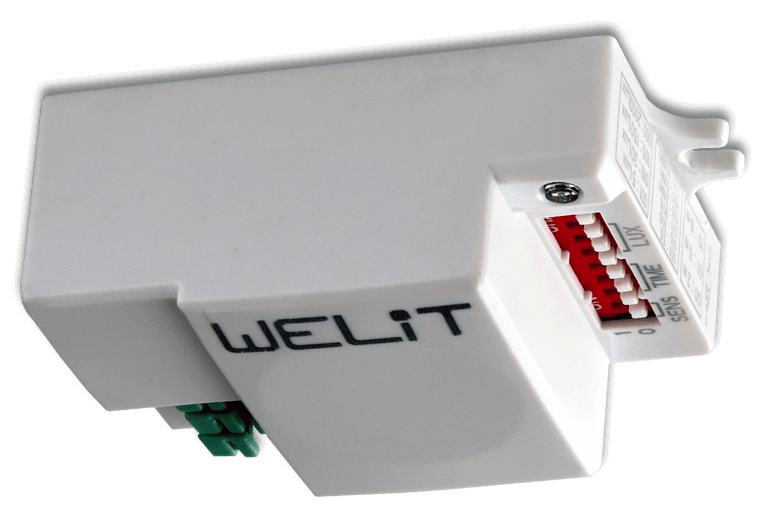Motion Sensor
The ON-OFF function of electrical loads is controlled by a motion sensor, which is an intelligent device. When motion is detected inside its detecting region, the load is immediately turned on. If no movement is detected for the specified amount of time, the load is turned off. It only produces artificial light when it is required. This cuts down on energy waste and aids in the development of the most energy-efficient lighting.
Our Products
PIR SENSOR
As the heart of the passive infrared motion sensor system is an extremely sensitive pyro sensor. It is able to detect heat emitted by the human body. The detection area is divided into passive and active zones using segmented lenses. The pyro-sensor detects a change in voltage when a warm item, such as a human body, travels between the zones. When it detects such movement, the switching mechanism is activated, allowing the associated load to be operated.
In practice, the passive infrared motion sensor detects right-angle movements (tangential movement) more precisely. This technical characteristic must have been considered while determining where to install the motion sensor. It should be installed such that it is not disturbed or distracted by impediments or moving objects such as a ceiling fan, drapes, ventilator draughts, and so on.
Benefits of PIR motion sensor:
- Very useful for applications where the detection range needs to be limited by a thin stud wall or glass walls.
- It is suitable for outdoor applications since it detects variations in heat radiation.
- Provides extremely accurate detection of tangential movement.
- Day and night operation, off delay timing, and detecting range are all adjustable.
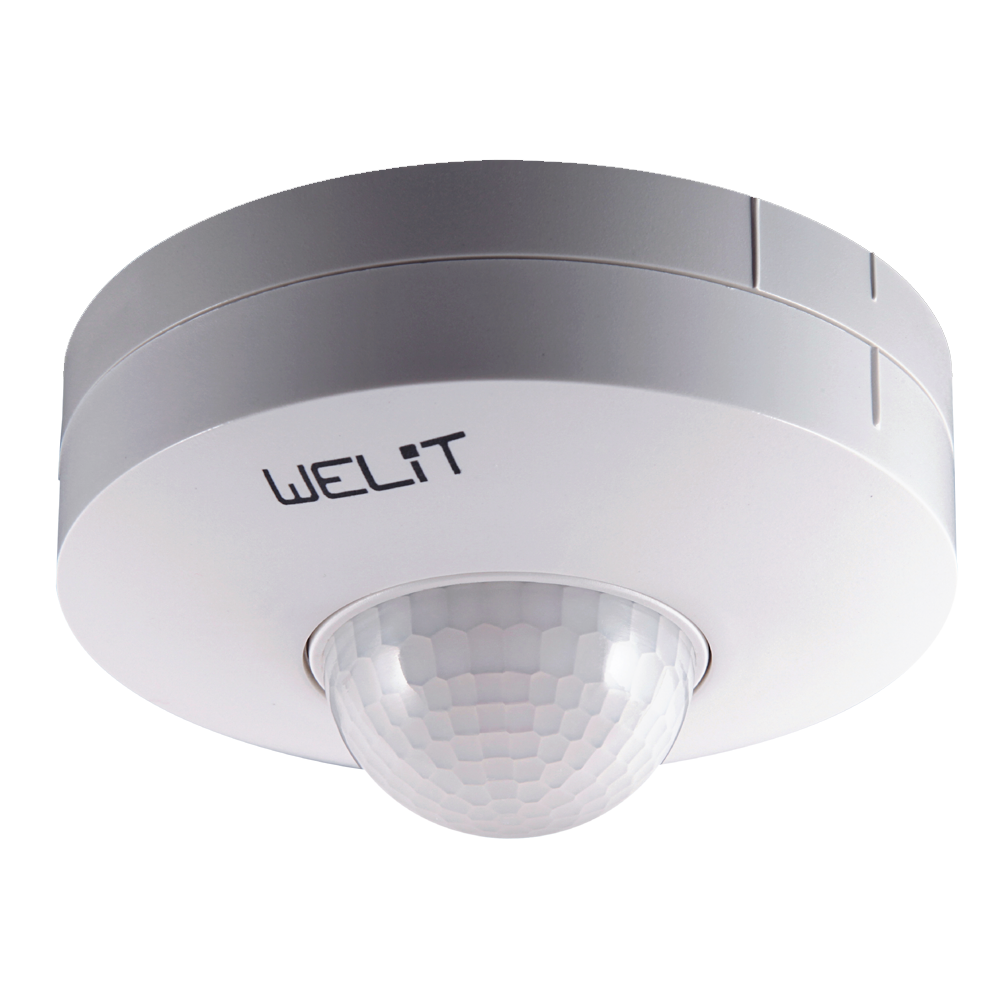
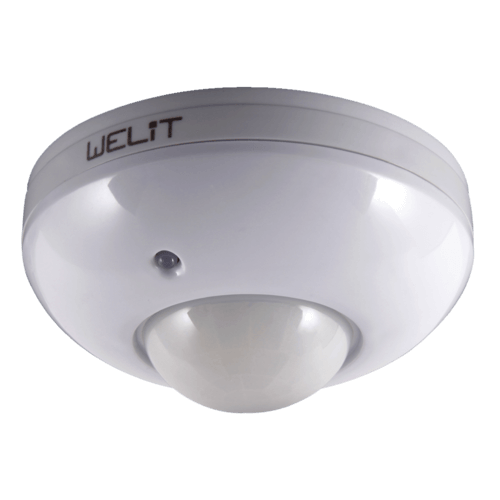
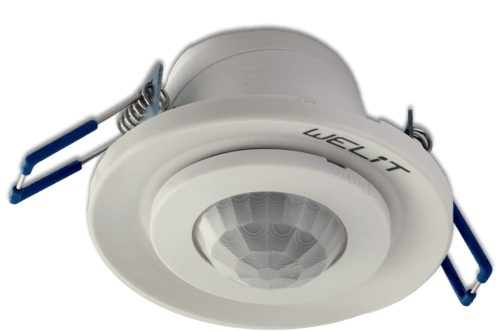
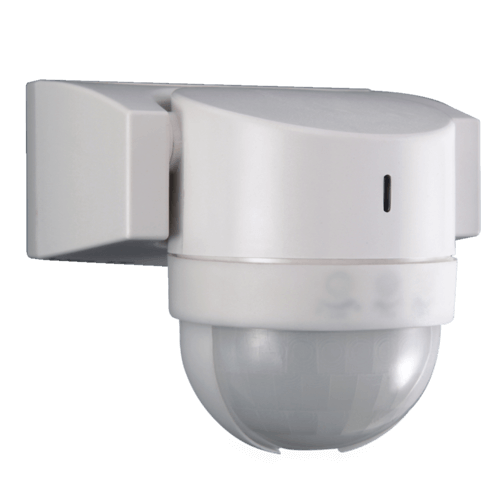
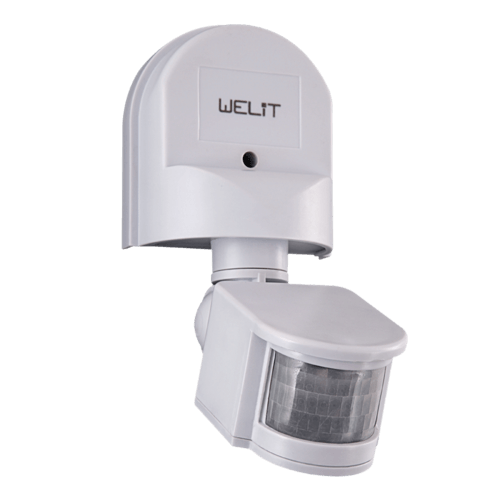
HF SENSOR
The heart of the High Frequency (HF) motion sensor system is a cutting-edge HF sensor. It is a high-frequency microwave signal transceiver. It begins by emitting signals that are reflected back from the surrounding objects, such as a wall, furniture, or floor. It receives the reflected signals' echo. When there is a change in the received echo, it indicates that movement has been detected within the detecting region, and the sensor activates the switching mechanism. Because this entire process occurs at rapid speed, it gives fast responsiveness to movement and immediately turns 'ON' the load. This detecting method is not affected by ambient temperature.
Practically, it detects tangential movements better near the edge of its detection area. It can detect motion through doors, glass barriers, thin walls, timber or stud walls, and so on, thanks to its HF - sensor technology. As a result, it can be fitted behind a fake ceiling or within furniture paneling, leaving no trace of its presence visible from the outside.
Benefits of HR motion sensors:
- Uninterrupted coverage regardless of walking direction, ambient temperature, or object temperature.
- Ideal for applications requiring flawless motion detection over impediments such as glass doors or walls.
- It can be hidden under furniture panels or artificial ceilings.
- Day and night operation, off delay timing, and detection range settings are all adjustable.
